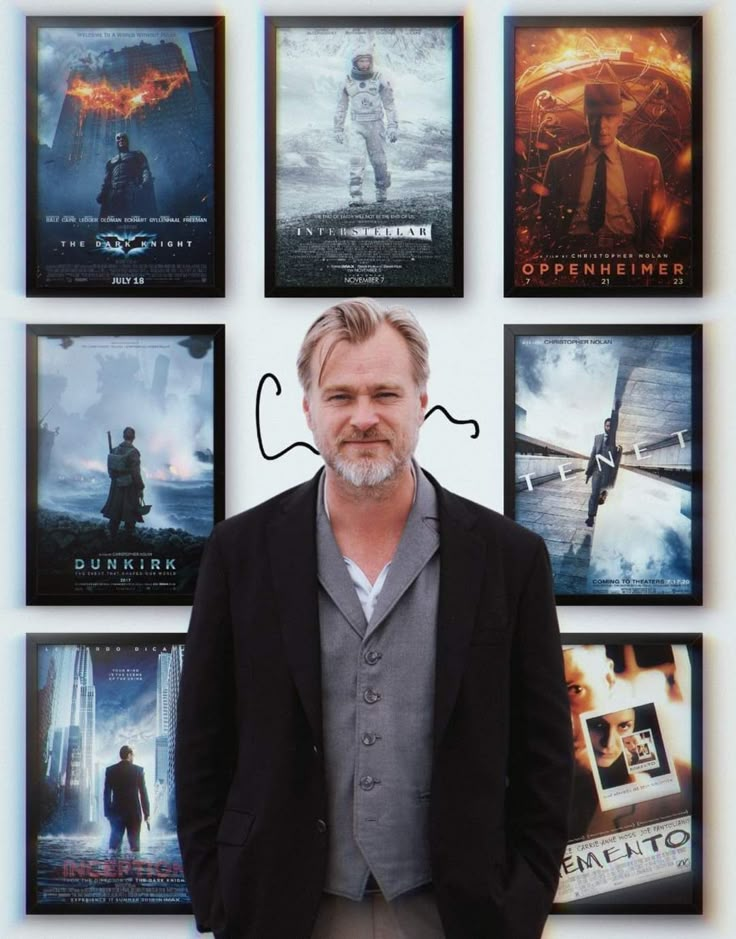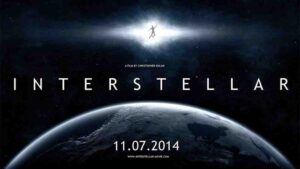The Nolan Code: Decoding the Mind Behind the Masterpieces”

From Memento to Oppenheimer, Nolan has redefined how we view time, memory, morality, and even reality. In this blog, we’ll explore his cinematic journey, his storytelling style, his influence on Indian audiences, and why he remains one of the most respected directors of our time. more blog
The Rise of a Cinematic Visionary
1998
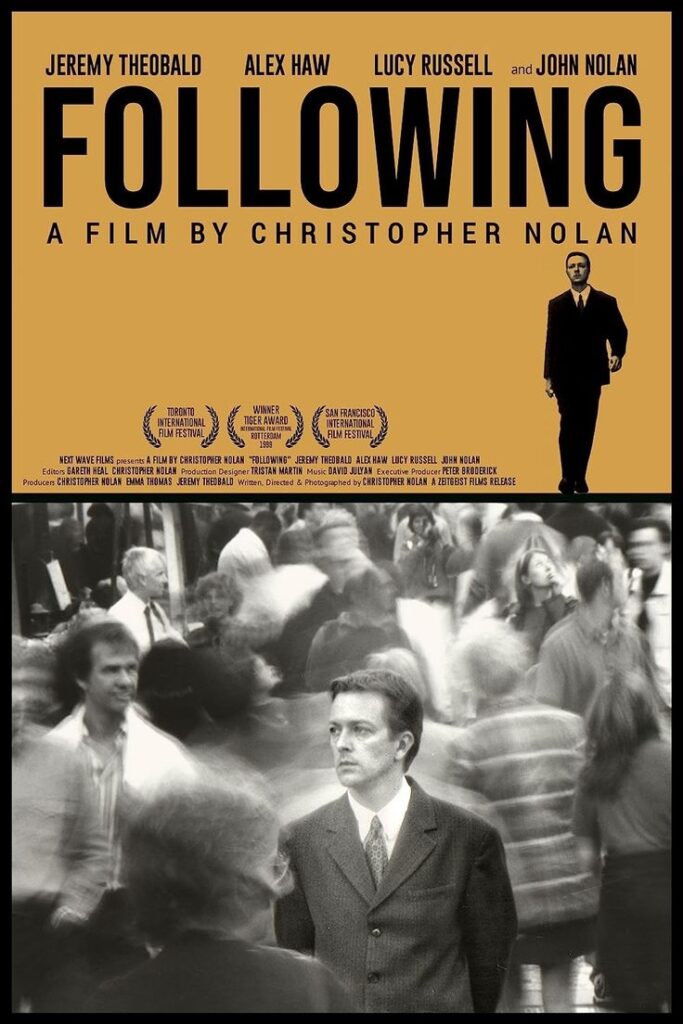
Christopher Nolan began his filmmaking journey with a modest budget and big ideas. His first feature film, Following (1998), was a black-and-white thriller made with minimal resources, but it already hinted at his fascination with fractured timelines and psychological themes more blogs
2000

He caught international attention with Memento (2000), a film that tells the story backward, aligning the viewer’s confusion with the protagonist’s short-term memory loss. It was both a puzzle and a profound emotional experience.
2002
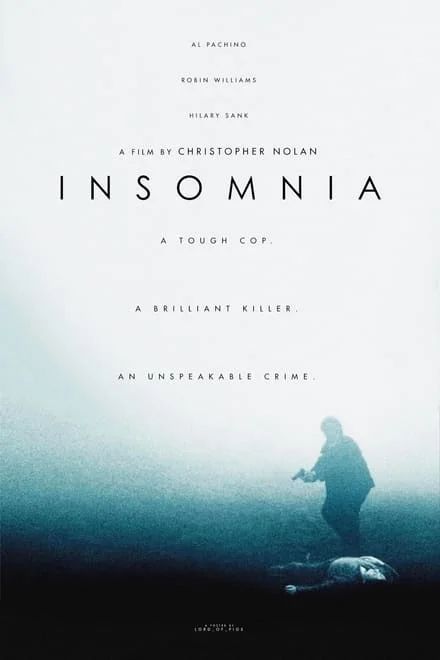
From there, Nolan’s ascent was rapid. Films like Insomnia (2002) showed he could handle suspense-driven narratives,
2005
Batman Begins (2005) that he truly entered the mainstream. His Dark Knight trilogy not only redefined superhero films but also gave them a level of seriousness, depth, and darkness that was rare in the genre.
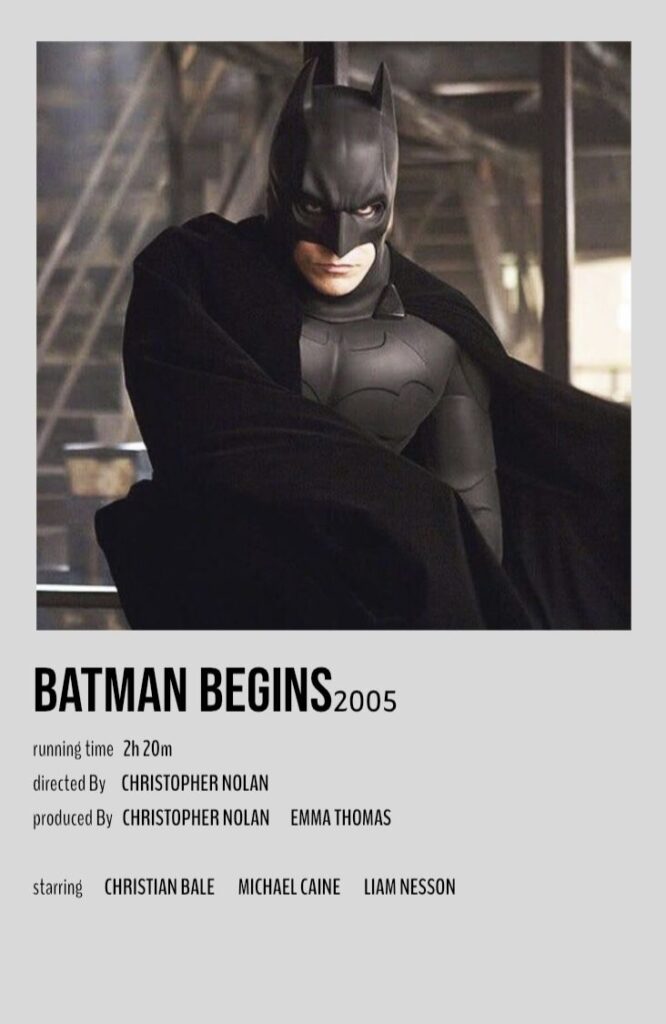
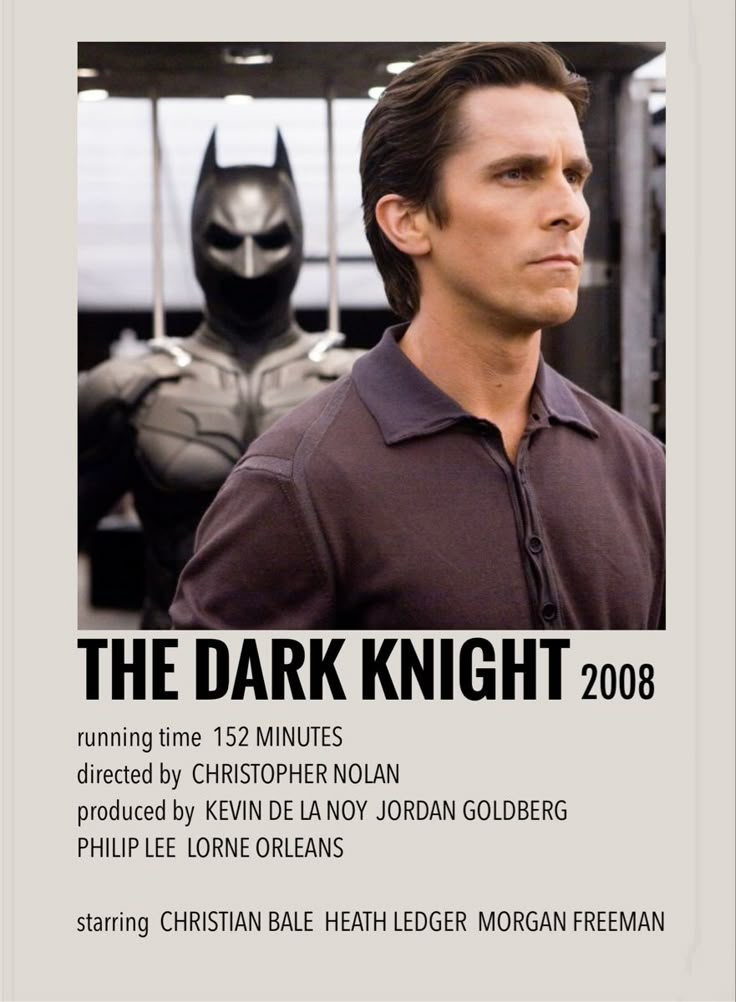
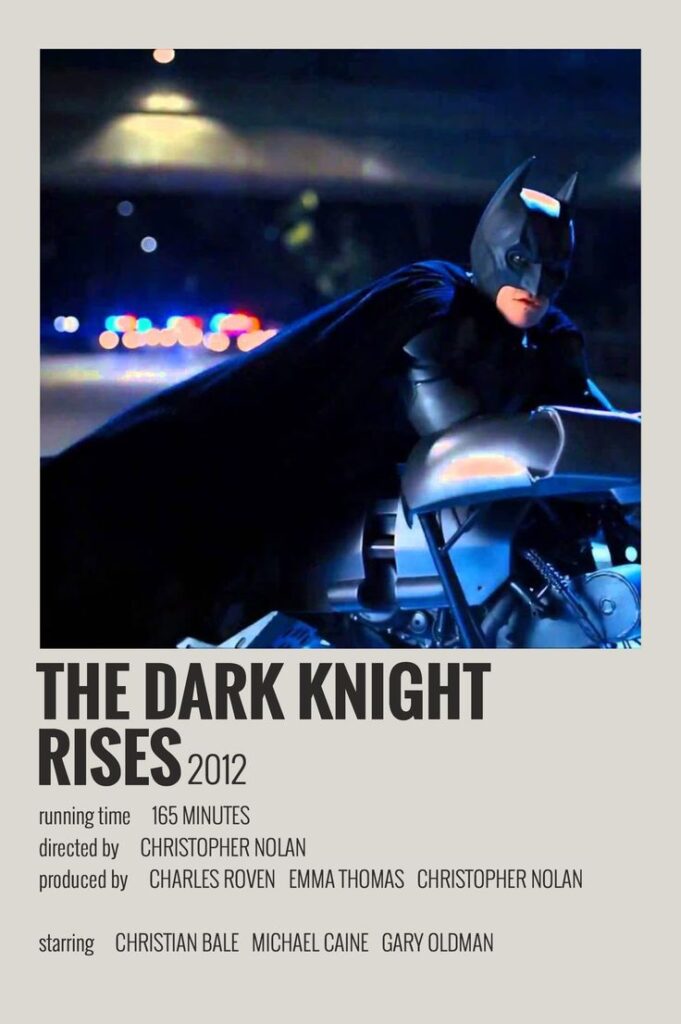
A Style of His Own
What sets Nolan apart is not just the stories he tells, but how he tells them. He loves playing with time and space, often weaving non-linear narratives that demand the audience’s attention. His movies are not for passive viewing—they are experiences that challenge and engage the mind.
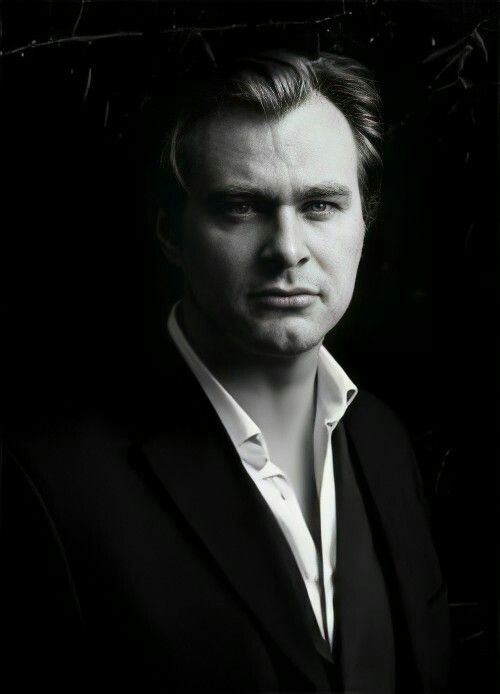
2010
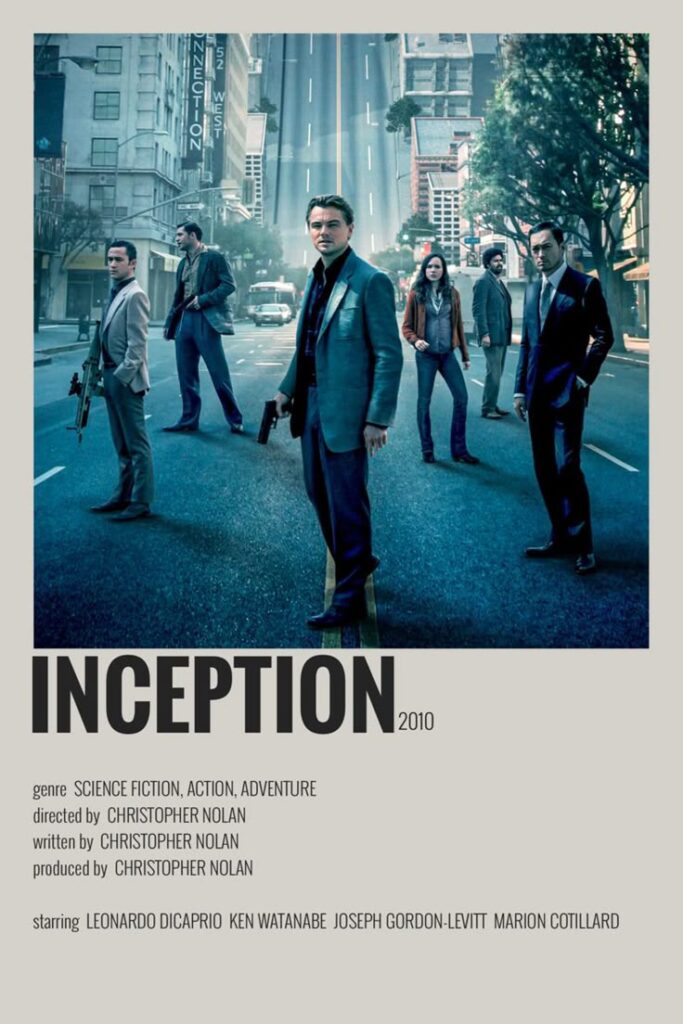
For instance, in Inception (2010), Nolan explored the concept of dreams within dreams, layered so intricately that viewers still debate the ending.
2014
In Interstellar (2014), he combined emotional storytelling with hard science fiction, dealing with themes of love, time dilation, and survival
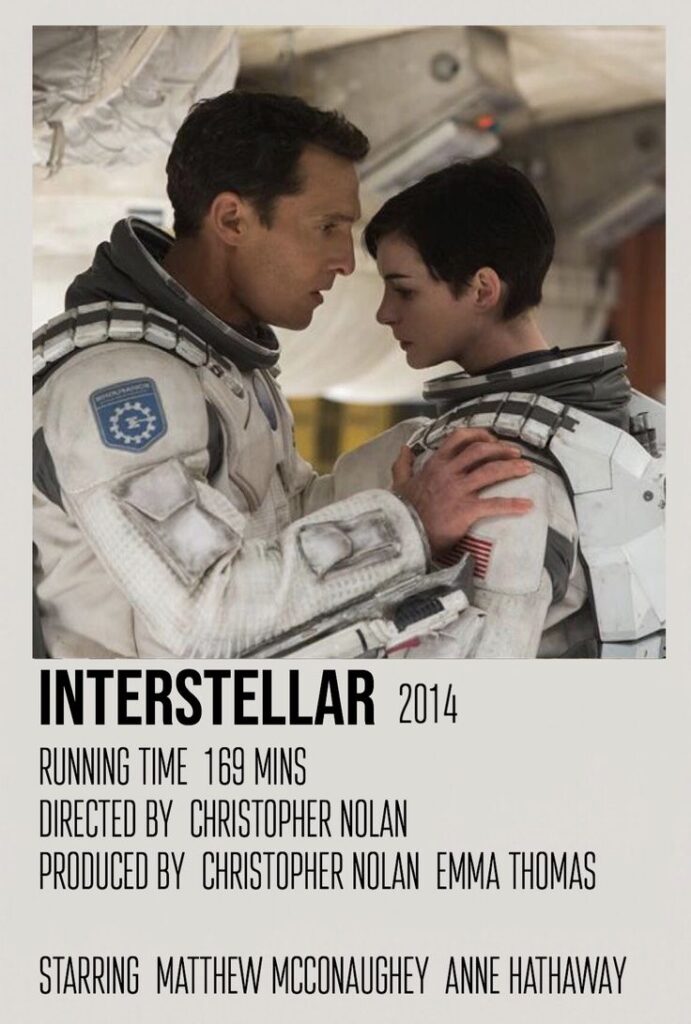
2020
And in Tenet (2020), he pushed the boundaries of time manipulation with the idea of time inversion—so complex that many watched the film multiple times just to understand it better.
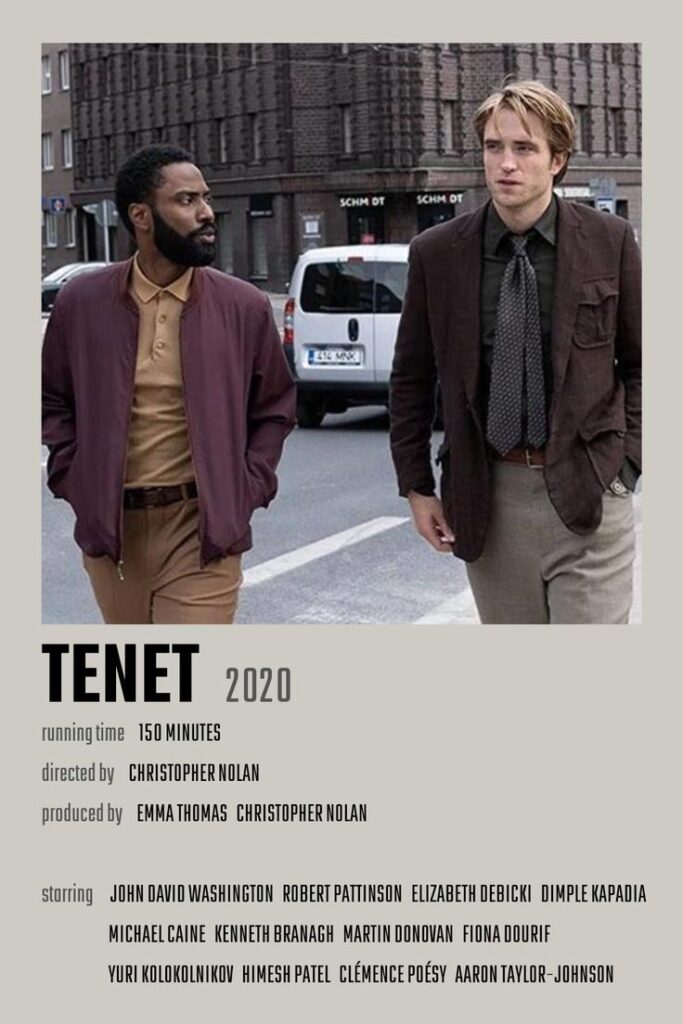
But despite his reputation for complexity, Nolan’s films are not just intellectual exercises. They are deeply emotional too. Whether it's a father trying to return to his daughter in Interstellar, a man seeking closure in Memento, or a man struggling with guilt and obsession in The Prestige, Nolan never loses sight of the human element.
Nolan and His Obsession with Time

Time is arguably Nolan’s favourite character. Almost every one of his films bends time in some way. It’s never just a backdrop; it’s part of the conflict. In Dunkirk (2017), he used three different timelines—land (one week), sea (one day), and air (one hour)—interweaving them masterfully until they converged in the climax. His use of IMAX cameras and practical effects added to the immersive experience. This obsession with time isn’t just stylistic—it’s philosophical. Nolan once said in an interview that time is the most cinematic of subjects because cinema itself is about manipulating time—slowing it down, speeding it up, or reordering it. His films, in many ways, reflect how we experience time rather than how it is measured.
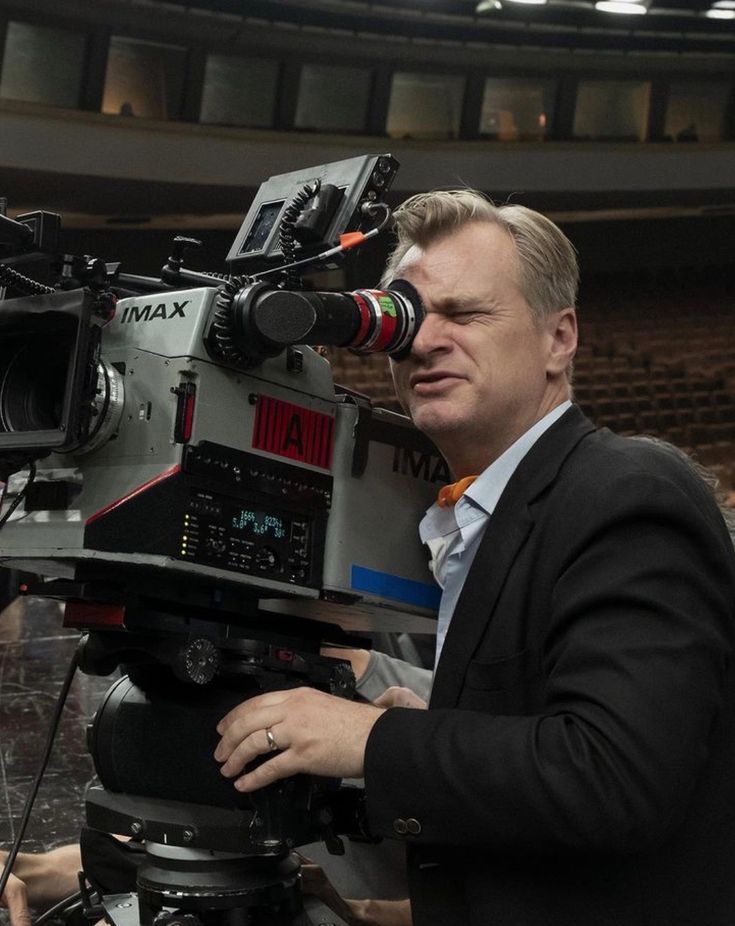
influence
in
India
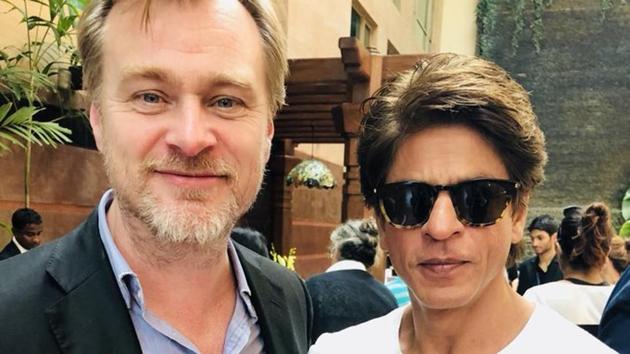
Nolan’s Indian Fan Base Christopher Nolan has a massive fan base in India. His films consistently perform well in Indian theatres, despite their complex plots and mostly non-Indian settings. In fact, his popularity in India is so strong that Tenet was one of the first international films to hit Indian cinemas after the COVID-19 lockdowns in 2020. Indian fans packed theatres—even when subtitles were needed—to witness his latest vision. Nolan has also shown an interest in Indian cinema and film heritage. He visited Mumbai in 2018 to promote the use of celluloid film and met with Indian filmmakers like Shah Rukh Khan and Kamal Haasan. He’s spoken publicly about the importance of preserving film as a physical medium, and India’s role in global cinema. His appreciation of Indian culture was further reflected in the casting of Indian actor Dimple Kapadia in Tenet, which delighted fans across the country. The scenes shot in Mumbai added another layer of connection between Nolan and his Indian audience.
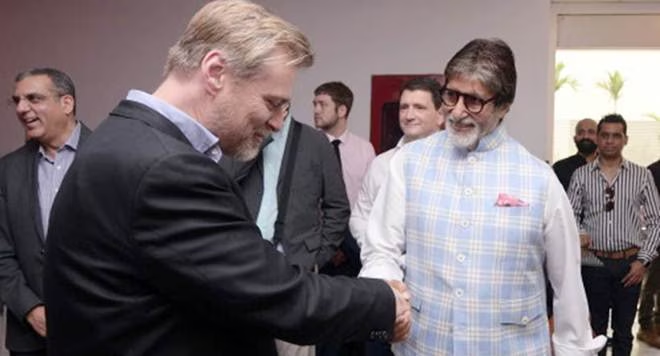
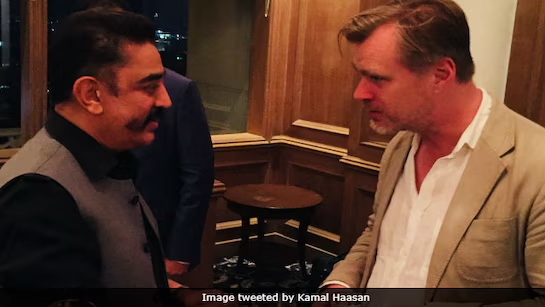
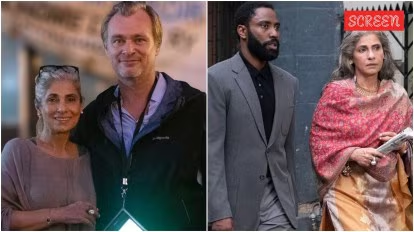
The Sound and the Spectacle

Another aspect of Nolan’s filmmaking that stands out is his collaboration with music composers. Hans Zimmer, with whom he worked on multiple films (Inception, Interstellar, Dunkirk), created soundscapes that are almost as memorable as the visuals themselves. The Inception score, especially the "Time" theme, has become iconic. In his later works, Nolan has also worked with Ludwig Göransson (Tenet, Oppenheimer), who has continued the tradition of delivering intense, emotion-driven scores that elevate the viewing experience. Nolan's use of sound—often criticised for being too loud or overwhelming—is intentional. He believes sound should immerse you, even if that means sacrificing traditional clarity in dialogue

Nolan’s Place in Modern Cinema In an age dominated by sequels, remakes, and CGI spectacles, Christopher Nolan remains one of the few directors who consistently makes original, ambitious films that succeed both critically and commercially. He refuses to use green screens unless absolutely necessary and prefers practical effects, which brings a certain realism even to his most fantastical scenes. He treats his audience with respect, trusting them to keep up with his intricate plots and unconventional narratives. In doing so, he has created a loyal base of fans who eagerly await his next project, not for escapist entertainment alone but for the thrill of solving a cinematic puzzle.
Conclusion: More Than Just a Director
